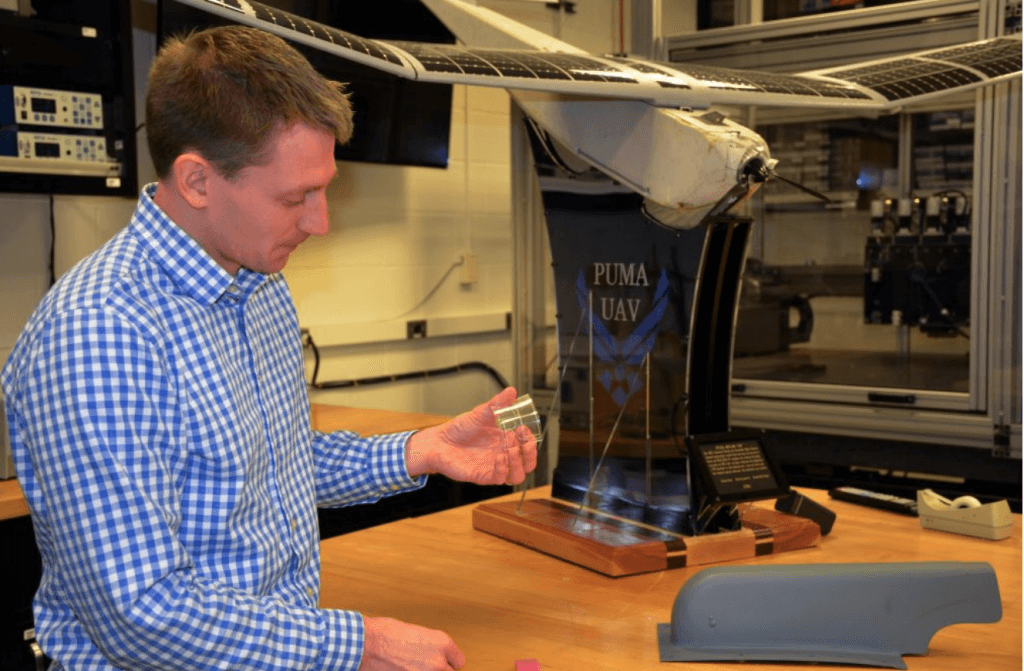The United States Air Force Research Lab teamed up with American Semiconductor to create an improved Silicon-on-polymer memory chip using 3D printing.
The US Air Force Research Lab has a keen interest in developing a new kind of microchip with a more flexible structure and improved sensors.
Thanks to 3D printing, they’ve managed to create a new highly-bendable silicon-on-polymer chip with 7000 times more memory.
It’s not only incredibly flexible but essentially a microcontroller with an onboard memory that can collect data as well.
“We took Silicon integrated circuit chips and thinned them until they became flexible but were still able to maintain circuit functionality. This now allows us to place the micro-controllers (essentially mini-computers) in places we couldn’t before,” explains Dr. Dan Berrigan of the AFRL’s Materials and Manufacturing Directorate.
Even though the FleX™ Silicon-on-Polymer™ product from American Semiconductor is not new, this new chip certainly is. In fact, they already received an award in May 2017 for Wearable Component of the Year at 2017 IDTechEx Show.
Photo: Dan Berrigan holds up the new flexible system on a chip
New possibilities for wearables and the internet of things
How is this new chip a step up? According to American Semiconductor, it’s a fully functional, “flexible wafer with a final silicon thickness as thin as 2000Å (angstroms).”
Plus, it’s tiny, bendable, and can measure things such as hydration levels and temperature, fatigue and strain, etc.
This makes it ideal for wearable technologies that could monitor wounded soldiers or even the elderly population.
J. Daniel Berrigan has been involved in various projects of this kind in the past, especially in terms of soft chips with complex sensors. For example, one study with Harvard professor Jennifer Lewis focuses on the creation of hybrid 3D printed electronic second skins.
Berrigan adds that cooperation between military and industry has the power to yield results like these.
“Whereas the European industrial base is focused on printing all parts of these types of devices, we are helping the U.S. silicon manufacturing community to convert to flexible capabilities and integrating this with low cost, 3D printed electronic circuitry,” said Berrigan.
Obviously, for the armed forces research team at Wright-Patterson outside of Dayton, Ohio, this is an exciting step forward in terms future developments.
For us, we just might see a time when regular people like us can monitor our bodies and record everything with just a computerized sticker.
Depending on who you are, that either sounds pretty cool or maybe even a little creepy. It sounds like we still have time to decide.
To see a demonstration of the original FleX silicon-on-polymer material, watch the video below.
Sources: AFRL, 3D Printing Industry
Website: LINK


